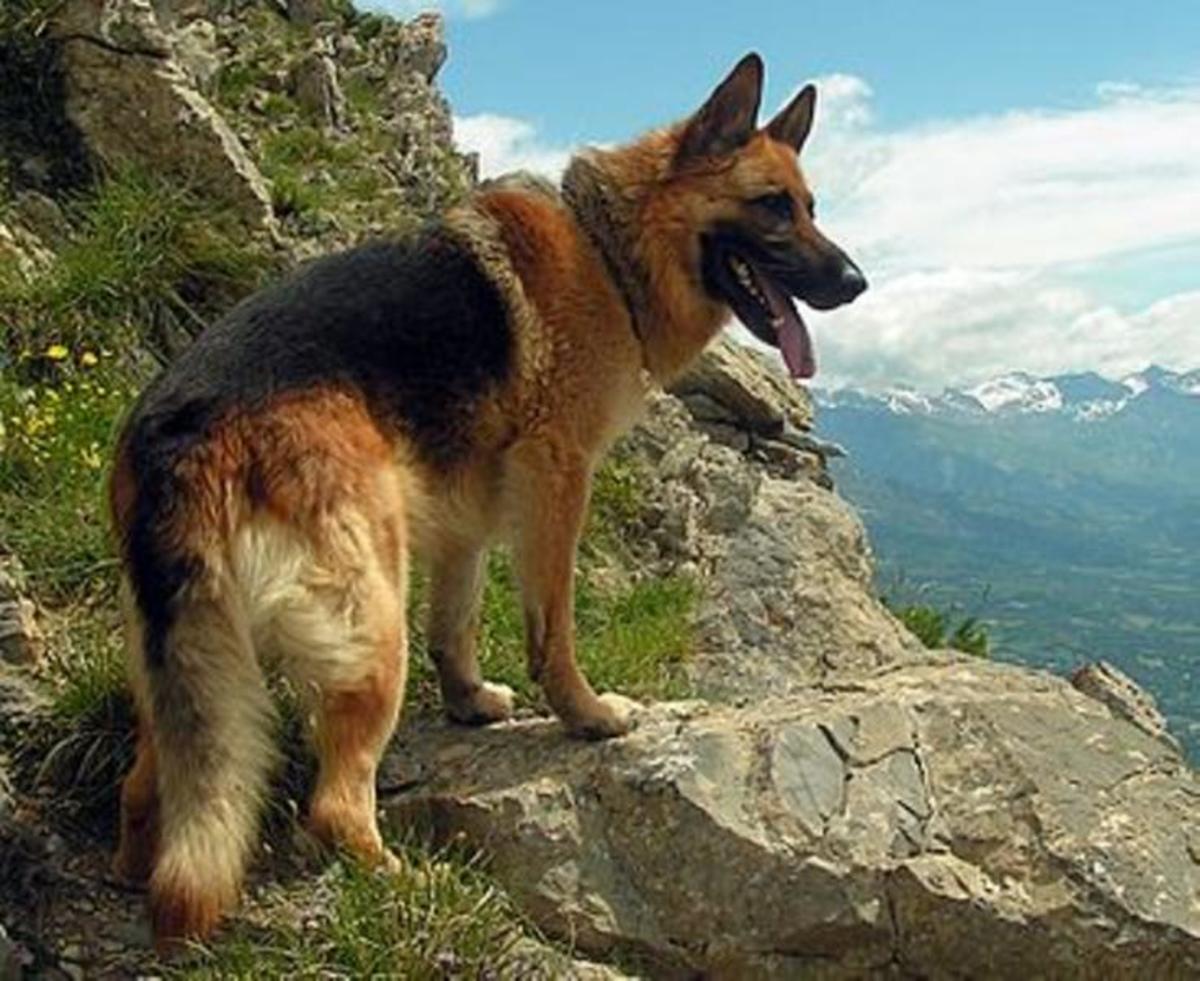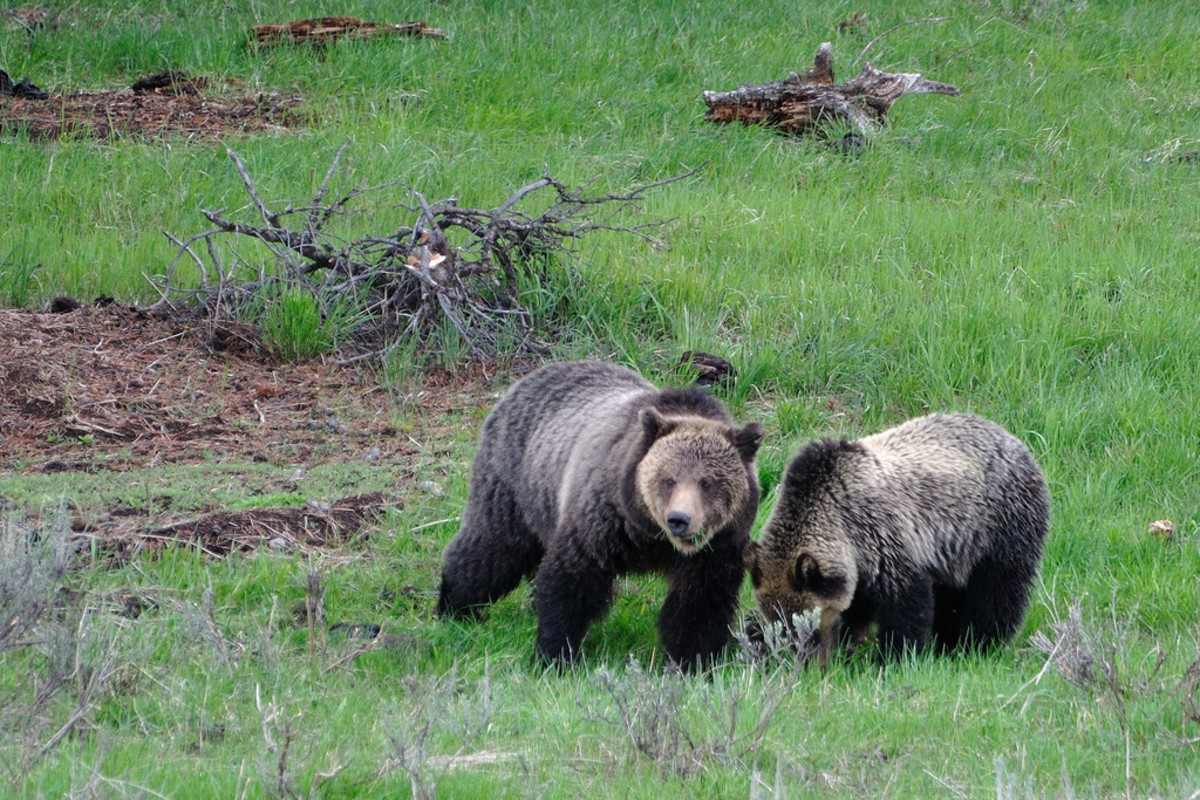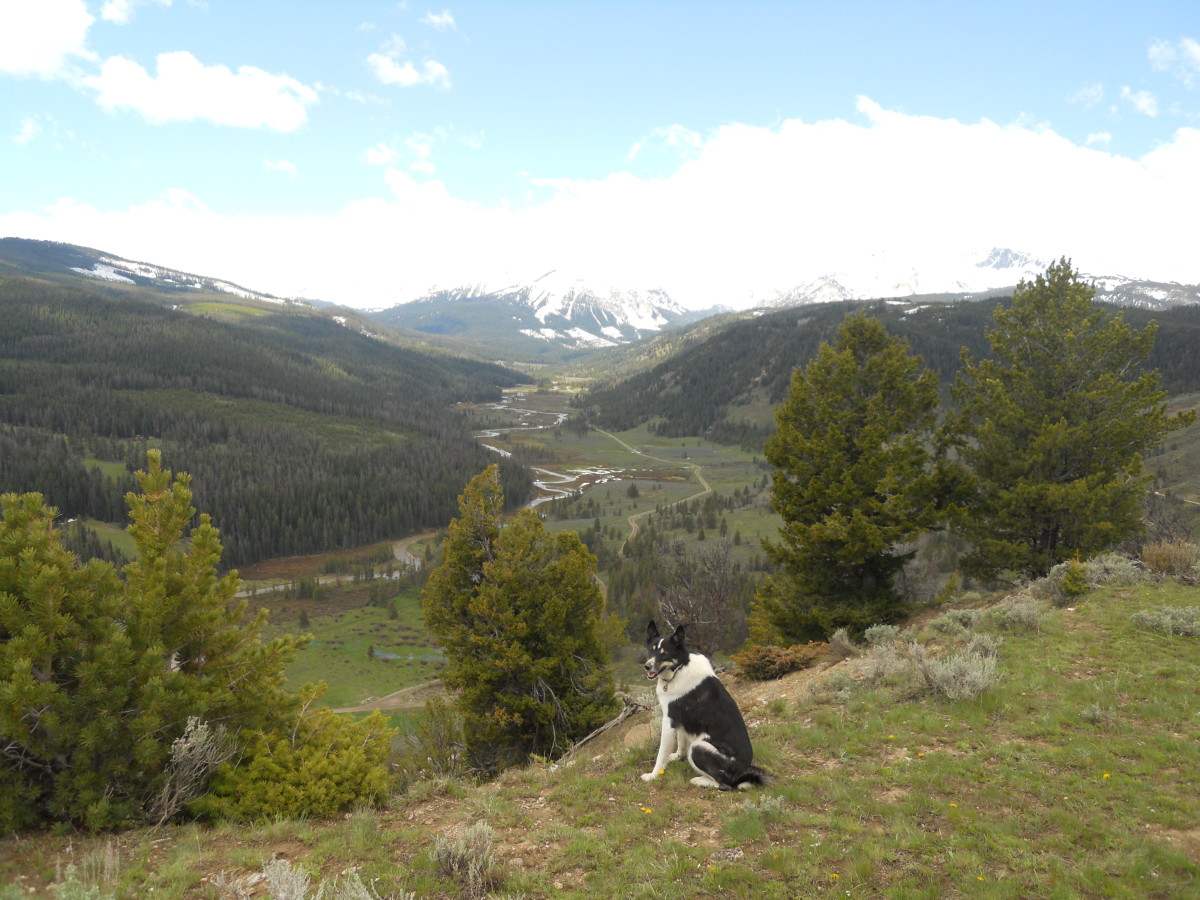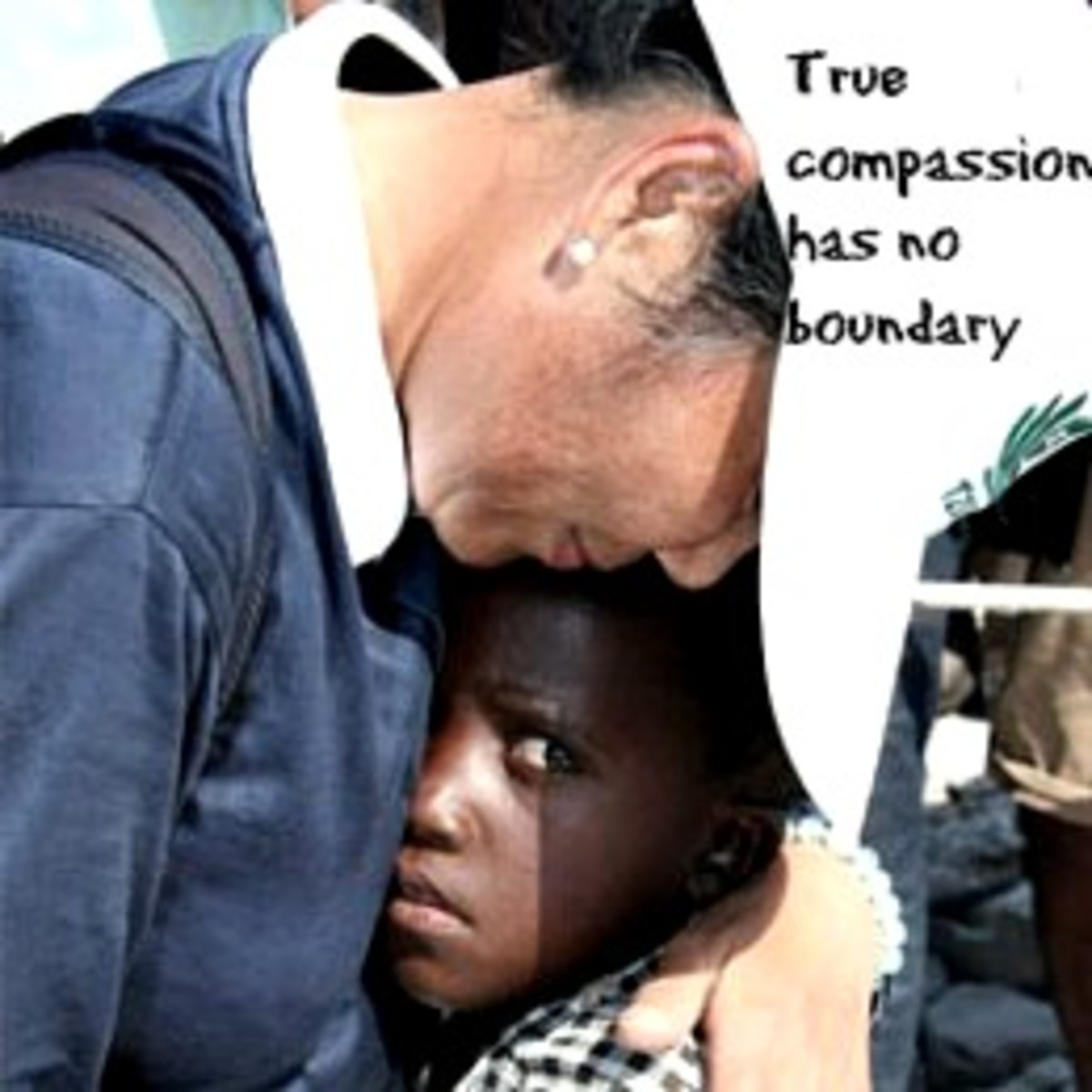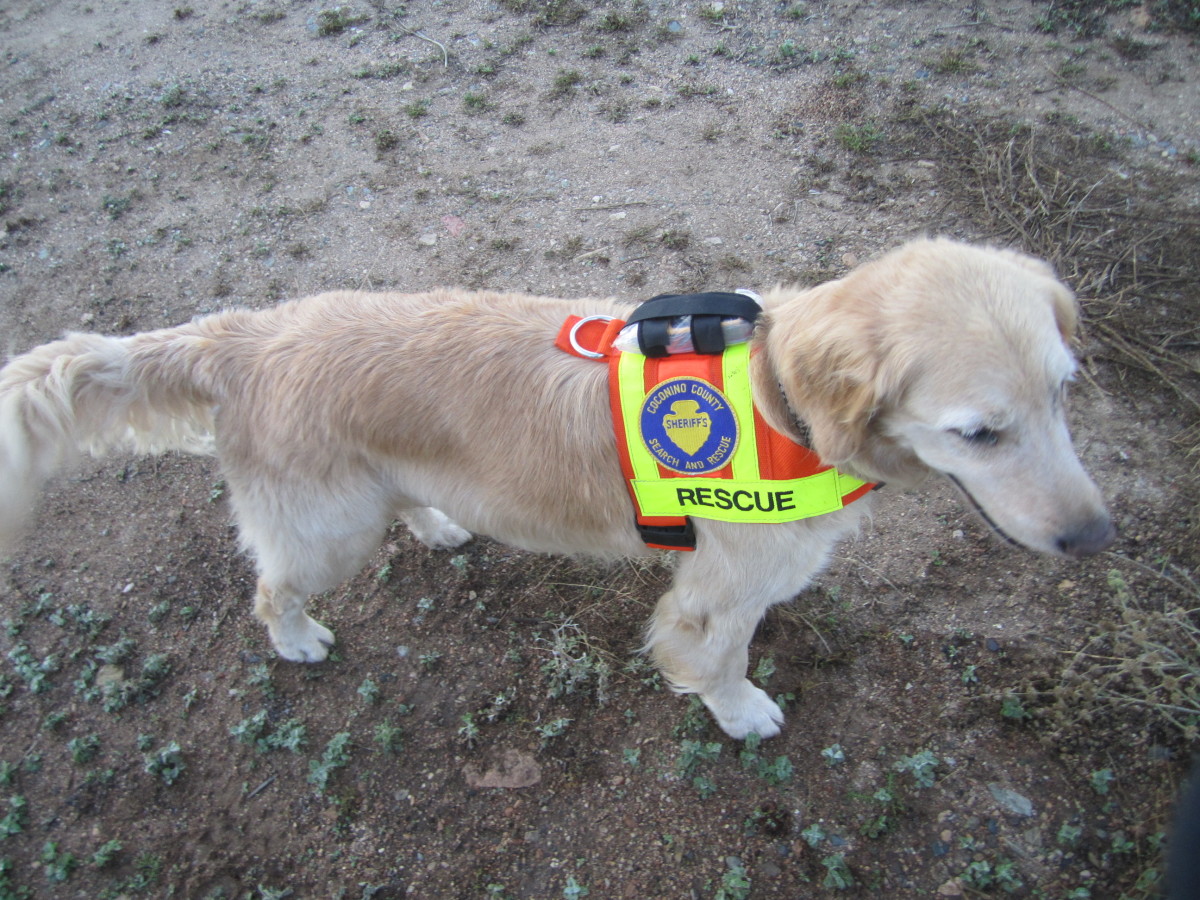Kartick Satyanarayan - Champion of India's Dancing Bears
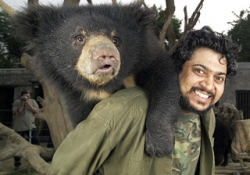
Kartick Satyanarayan risks life and limb saving India's Dancing Bears and enriching people's lives along the way.
Co-founder and Director of Wildlife S.O.S. Although Kartick's job titles may sound mundane or safe, in reality, his job is anything but. Here, you'll learn about Kartick Satyanarayan, the "Bear Man" as he's known by some in India, and his efforts to save the Sloth Bear from the barbaric, centuries-old tradition of being enslaved and trained as Dancing Bears.
You'll also see how he puts himself in harm's way to save them. His dedication, determination and love for these battered bears is inspiring. After a first-hand look at the tortuous lives these bears lead, he said, "It was shocking and we couldn't accept those images. We thought we had to do something about it."
And do something he has. Here's his story as seen through my recently opened eyes. I only hope I can do him justice. Superheros see a problem, expose it to the world, challenge it, then proceed to change it any way they can -- usually with great personal sacrifice. Kartick is an example of a Superhero by definition.
BTW, I picked this photo because when I look at it, I see his love for these bears and their love for him. I've included a larger version below. I think you'll see what I mean.
Last Dancing Bear Rescued - Dec. 18, 2009
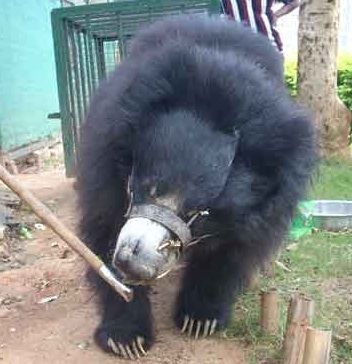
BREAKING NEWS-December 18, 2009: One of the last remaining Dancing Bear was surrendered to Wildlife S.O.S. bringing an end to the centuries-old tradition that inflicted terrible cruelty on thousands of highly endangered sloth bears.
Although the practice of dancing bears was made illegal in India when the Wildlife Protection Act of 1972 came into effect, it wasn't until the end of 2002, when the Wildlife SOS Agra Bear Rescue Facility opened its doors, that there was anywhere to house the rescued bears. (The tortured bears can not be returned to the wild because they can not survived on their own.)
The work now will focus on the rehabilitation of the 600+ bears and maintaining the rescue facilities that will house these bears for life. Wildlife S.O.S. will also be able to focus more energy and funds on protecting the sloth bears in the wild.
A very happy and momentous day in wildlife conservation and animal welfare.
EDITOR'S NOTE from the press release:
With informants across the country, and a recently concluded advertising campaign designed to encourage bear dancers to turn in their bears, Wildlife SOS is confident that there are only about 30 or so remaining dancing bears in India. However, given India's vast size and rather porous borders, Wildlife SOS recognizes the possibility that there may be a few more dancing bears hidden away in remote areas, or in neighboring countries, and remains firmly committed to rescuing any bears that may be discovered in the future.The work is not over, however, as the the over 600 rescued bears must live in the bear sanctuaries.
For the full press release, click Final Curtain
A Personal Thank You
Kartick,
Your compassion and dedication to these tortured bears comes through loud and clear.
I have been infused with new hope and optimism by your results. And, your actions have inspired me to become fully involved in saving these bears.
Thank you for all that you do for the animals in India. I look forward to working with you and Geeta on my first campaign to save the dancing bears.
Bear hugs, Frankie
Kartick with a rescued cub on his back
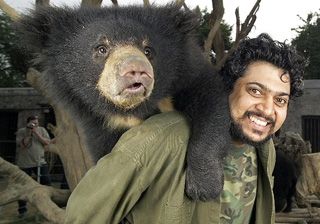
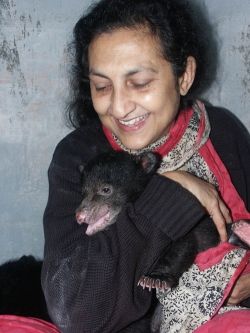
How Kartick began saving Dancing Bears
Kartick has always loved animals. His first animal rescues began when he was a child and he rescued and cared for snakes (yes, snakes).
In College, although Kartick majored in commerce and business management, he spent much of his time as a field assistant tracking tigers for the Wildlife Conservation Society. He spent many nights in the Bannerghatta National Park, Karnataka and worked on a tiger project with the New York Zoological society.
In 1995, Geeta Seshamani (pictured here), Kartick's aunt, an English literature Professor at Gargi Colege in south Delhiand and runs Friendicoes Society for the Eradication of Cruelty to Animals called Kartick. She had just witnessed a sloth bear bopping-up and-down in the middle of the Delhi-Agra highway. He was being pulled by a rope through his bleeding muzzle by a Kalandar. Kalandars are a nomadic people, some whom make a living buying sloth bear cubs from poachers and training them to dance for tourists.
This "Dancing Bear," as they're called in India stuck a nerve. Geeta realized this was not entertainment but torture and abuse of an animal. She asked Kartick "to help stop the dance".This silhouetted dancing bear graphic will represent Dancing Bears. This is in protest to the use of sloth bears as Dancing Bears and will also warn that graphic descriptions are in the module.
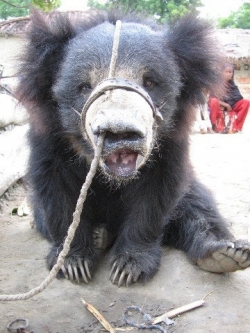
An 18-month study
In 1996, they received a grant from the World Society for the Protection of Animals in London to research the Dancing Bear problem.
18-month Study Begins in Earnest
Together, they did an 18-month study to understand the social-economic structure of the Kalandar and his bear. As part of the study, Kartick and Geeta infiltrated the Kalandar tribal people. What they learned shocked them to their core.
What They Discovered
Poachers snatch sloth bear cubs when they are just weeks old and witness the killing of their mothers. During transportation to the Kalandar village, the majority of the cubs die from trauma, dehydration, starvation or all three.
Kalandar use brutal training methods including: piercing their muzzles and threading it with a coarse rope; standing them on hot coals and hitting their feet with sticks to make them "dance". Before they reach a year old, their teeth are knocked out with a hammer -- with no anesthesia.
They suffer a punishing regime of beatings and starvation to make them submissive to their trainers all of their lives. And, they live out their lives at the end of a 6-foot rope. They dance for tourists and are dragged from village to village working from 6 to 10 hours a day. The bears may suffer, and die, from stress, training methods, gastro-intestinal disorders, respiratory diseases and worm infestations.
When the bear can no longer dance due to age or illness, they are either killed for their gall bladder; as a entrée in a gourmet dinner; have their gall bladders harvested for eastern medicine or used in bear baiting fights in Pakistan where the bear is tied up, then dogs are set on it. The bears usually only lasts 3 fights before she is literally torn to pieces.
What they found, strengthened their resolve to "stop the dance."
Click Dancing Bears for more information.
The statistics are gruesome
60% to 70% of the cubs die before training.
40% of the remaining cubs die during their first year.
Life Expectancy:
Dancing Bears - 7 to 8 years
Wild Sloth Bears - up to 30 years
This cub was rescued and safe at a Wildlife S.O.S. Sanctuary
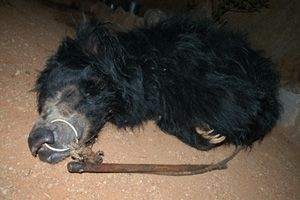
Luee
Little Luee is in the Wildlife S.O.S. (WSOS) Agra Bear Rescue facility.
To read more about her and other rescued dancing bears and saved cubs, click HERE
Video of cubs rescued from poachers
Wildlife S.O.S. and the plan
3-pronged approach
In 1998, with the information they had gathered through their 18 month undercover work, they decided on a three-pronged approach:
1. Give the Kalandars alternative employment.
2. Rehabilitate the bears.
3. Stop the poaching.
They knew that all 3 of these areas had to be addressed or the program was doomed.
They also set up Wildlife S.O.S., a nonprofit organization dedicated to rescuing wildlife. They raised over $250,000 to build their first bear rescue center (sanctuary) in Agra in collaboration with the Uttar Pradesh Forest Department. The sanctuary is 17 hectares of forest land in the midst of the Sur Sarovar Bird Sanctuary.
In 2002, on Christmas Day, the new center got its first rescued cub.
Upon the doors opening to the center, those Kalandar who were tired of running from the law, or those who had been caught, turned over their bears. The Kalandars are given Rs. 50,000 (about $2000) for their bears and a new vocation. They also sign a legal paper saying they will never use a wild animal again. They then enter the retraining program.
To give the Kalandars alternative employment, Wildlife S.O.S started the Community Rehabilitation Initiative. This program involves Vocational Training which includes for the parents as well as education for the children.
Through Wildlife S.O.S. many Kalandars have their own businesses. The women in the families also learn a trade allowing them to bring in a 2nd family income, some independence, and more respect within the family thus gaining confidence and finding their voice in family and tribal matters.
Some Kalandar instruct others that bear dancing is a crime, and some are active in the anti-poaching cell, Forest Watch! Forest Watch is their undercover team, dedicated towards stopping the poaching and trade of bears and bear cubs in India.
This program results in a gradual change in the individual Kalandars; building a future for their own families and the entire village of kalandar families.
Poachers snatch 100 to 200 cubs annually for the black market.
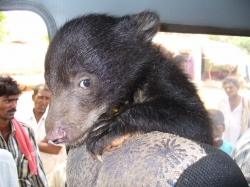
The poachers
Under India's Animal Protection Act, Section 51, possessing of bears without permit or license from the forest authorities is an offense that carries a 7-year imprisonment term.
The team works closely with Kartick who works directly with the forest department and the police in various states across India.
And, when the tip comes in from a Forest Watch! anti-poaching cell member about a poacher's plan to grab cubs, Kartick drops everything and risks his personal safety to help stop the poacher and save the wild Sloth Bear mom and cubs if possible. If they aren't in time, then an operation is put in place to find the cubs with Kartick much of the time going undercover as a buyer.
Poachers are breaking the law, carrying guns and obviously have no compunction about killing or torturing baby animals. Yet, Kartick doesn't flinch in his resolve. He does whatever it takes to stop the poacher and save sloth bears.
Kartick spends many days in the jungle -- where there is no phone or comfortable amenities. He is determined and just plugs on. Danger, inconvenience, uncomfortable, whatever it takes, he does.
Video: Rescuing 6 Cubs From Poachers
This video shows Kartick's usual involvement in a cub rescue including working with the spy network, planning the raid, going undercover, the raid and arrest, and finally getting the cub to the Bear Sanctuary.
The 6-week-old cub in the picture further below is one of the six cubs Kartick helped save in this rescue.
Kartick watches doctor examine rescued cub
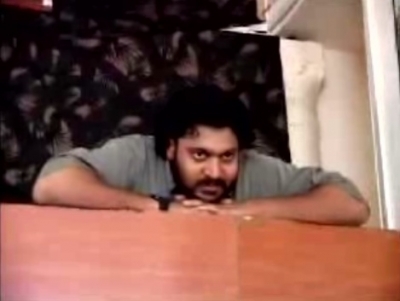
Doctor examines 6-week-old rescued cub
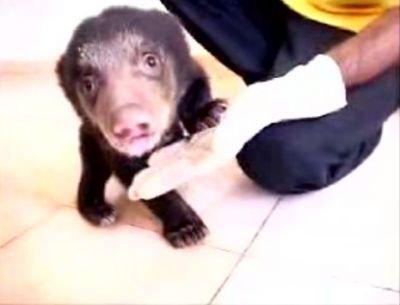
The Indian Wildlife Protection Act of 1972 made it illegal to have dancing bears
Video: Balin the Sloth Bear
A Kalandar With A New Vocation
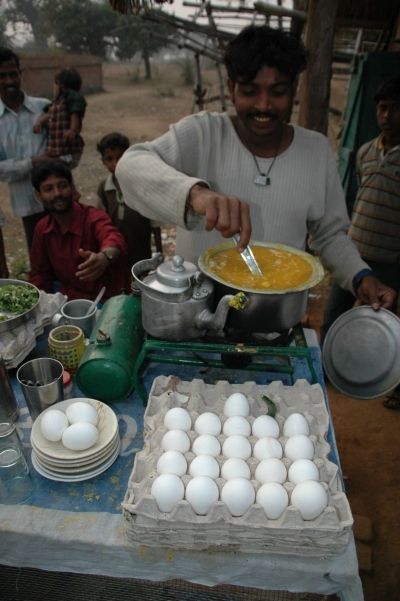
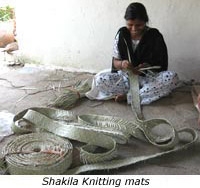
Shakila's Story - New vocation
Shakila's life changed when she enrolled at the vocational training center. At the center, she learned how to weave date palm leaves into mats. There is a big demand for these mats at the hotels of Bhopal.
Because of the training, Shakila is able to earn good money and contribute to her family income. She has gained respect for herself and from her family members.
Quote
"All they [the bears] have had in their lives is the misery of regular beatings and starvation. We have to redefine humans for them because all they have ever known is man doing them harm." ~ Kartick Satyanarayan

WSOS' Medical Clinic
WSOS has vets on staff at the 4 bear sanctuaries 24/7 and a medical clinic where they perform major surgeries.
Specialists and surgeons from England donate their time to do major surgeries to save the dancing bears, many who have disfigured noses and other deformaties caused by the rope that was forced into their nose with hot irons and other abuse.
The facility includes an operating table (shown here), xray machines and other medical equipment.

Wildlife S.O.S. Bear Sanctuaries
Wildlife S.O.S. started and runs the only 4 bear sanctuaries in India. They are located at:
1. Agra Bear Rescue Facility
2. Bannerghatta Bear Rescue Centre
3. Van Vihar Bear Rescue Facility, and
4. West Bengal Bear Rescue Sanctuary
Rescued dancing bear with healed nose
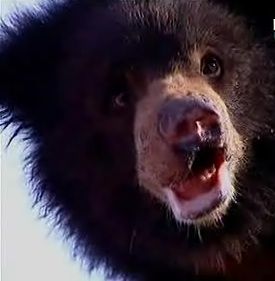
Frequently Asked Questions
For answers to frequently asked questions about the Dancing Bears of India, click Frequently asked questions
A rescued Dancing Bear eating at a Wildlife Sanctuary while his BEAR-giver watches over him
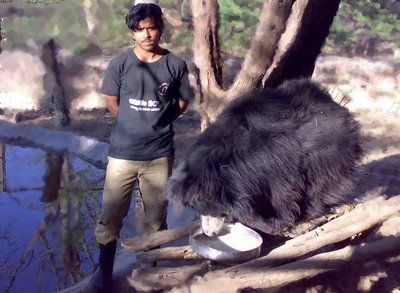
How you can help these bears
To help save a sloth cub from poachers or rescue a dancing bear, click Donate Now.
Saving The Dancing Bears of India.
Wildlife S.O.S. receives 300 snake calls a month at their Reptile Rescue Cell In Delhi.
Bird Rescue is done at the Gurgaon Rescue Facility, which is dedicated to taking care of injured birds. They also receive birds from FRIENDICOES, the sister organization that Geeta runs.
Wildlife Rescue Wildlife S.O.S. has 2 ambulances and rescues over 3000 birds, mammals and reptiles every years, from injured animals and those in the hands of trappers and poachers.
Habitat Protection to conserve wildlife and the ecosystem is another that Wildlife SOS is involved in. To help protect the land where the sloth bears (and other animals) live, they are acquiring private land when they can to protect it and let it return to its wild state.
Monkeys being saved as well
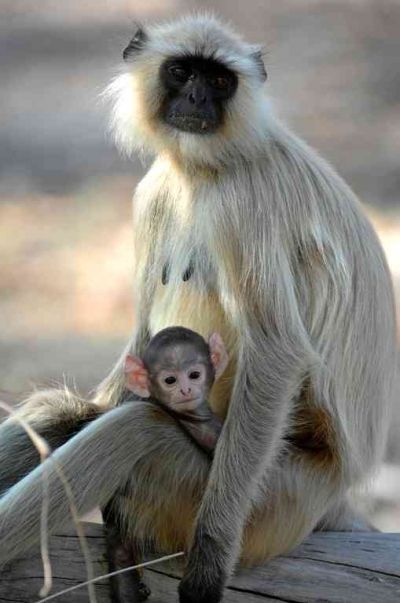
Wildlife SOS rescued a rare and highly endangered mammal - the Pangolin from the state of Karnatka in South India. One of the consultants at WSOS saw some people clicking pictures, standing in a group. They had a pangolin tied with clutch wires with a deep gash on one thigh.
Later at the WSOS rescue center the clutch wires were removed and the injuries treated with antibiotic. The animal was released it in the Sanapura Reserve Forest after it regained normalcy.
Submitted by Ruchika Sachdeva
Photo courtesy of Wikipedia
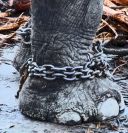
Elephant Conservation
Saving the elephants are another hot button issue for Kartick and Geeta. India is home to nearly 60% of the world's remaining elephant population. However, most of the elephants in India live a hard life. They are used for logging to carry heavy loads, for entertainment at weddings and tourism.
There are approximately 5000 captive elephants in India. Their lives are harsh as they have to walk on hot tarmac and in very hot temperatures. They end up with a lot of health problems including blisters and rotten feet.
Wildlife S.O.S.' Elephant Conservation and Welfare Project (ECWP) is located in Delhi, India. They provide aid to the elephants who are caught by poachers and sold, much like the sloth bears, and trained using cruel techniques.
WSOS focuses on bear rescue, elephant conservation, wildlife rescue, reptile protection, habitat conservation, tribal rehab
Kartick cradles rescued cub
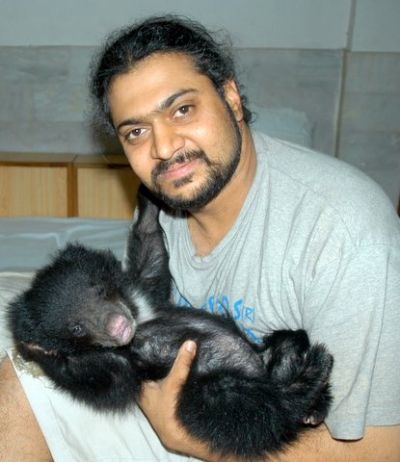

It's here!
The lens about Geeta Seshamani, Savior of India's Animals whose passion for animals prompted her to start Friendicoes Society for the Eradication of Cruelty to Animals.
Then, after seeing a dancing bear, recruited Kartick to help her "STOP THE DANCE". Her vision and hard work brought Wildlife S.O.S. into existence and keeps it running strong.
News Stories about Wildlife S.O.S.
- Tenuous lives
Conservation measures have taken away the traditional livelihoods of nomadic tribes in Karnataka. At Hulihaidar village in Karnataka's Koppal district, which has been home to Qalandars for several centuries. The community is in limbo with bear-tamin - Portage dentist helps dancing bears
Dr. Sanjeev Reddy of Portage Dental Associates spoke to the Portage Rotary Club, Tuesday about his involvement with Wildlife SOS in India. - Kartick Satyanarayan: Animal rescue champion | MNN - Mother Nature Network
Kartick Satyanarayan has devoted most of his adult life to protecting animals from harm. The organization that he co-founded, Wildlife SOS, has helped elephants, reptiles, leopards, monkeys and other creatures that have been mistreated. - Sloth Bear Gets New Digs At Zoo Boise | Boise State Public Radio
An endangered sloth bear at Zoo Boise is getting a new home. Last fall, the Zoo started to renovate Paji's exhibit.  Friday it opens back up to the - Suspected TB killing bears at Bannerghatta
A strange infection that is believed to be causing human tuberculosis (TB) in bears has resulted in the death of a 14-year-old sloth bear Vivek and put lives of another 10 bears in critical condition at the Bear Rescue and Rehabilitation Centre (BRRC - World team to study Indian bears
An international contingent of bear experts and scientists visited the Daroji bear sanctuary in Bellary to study the habitat and behaviour of sloth bears. The 14-strong team comprising experts from the United States, Canada, Indonesia, Thailand and

Save Our Bears (SOB) Headquarters
Save Our Bears Headquarters -- a group of lenses devoted to help change the plight all of the 8 bear species through awareness and fund raising.
The lenses show the wonderful nature of bears and many will, at the same time, shine a spotlight on the dangers bears face including: trophy hunters, gall bladder and bile farming, pollution, bear baiting, global warming, and habitat destruction.
You'll also find fun lenses on great polar bear movies, books, teddy bears, even cartoon and toy bears.
Click Save Our Bears (SOB) Headquarters to go to the page.They're in our hands
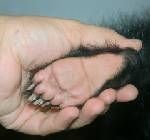
How you can support Wildlife S.O.S.
You too can make a page like this one and have all or a percentage of the Squidoo Royalties go directly to Wildlife S.O.S. to help save the bears.
The lens can be on anything you want. About your cat, your car, whatever you care about. Believe me, you are an expert in something. If you don't think so, put together a lens about something you are learning -- walk us through the steps -- the where, why, when and how of it.
To make a lens now, click
I was going to create a lens on Kartick as soon as I heard about him and his work. Squidoo's Superhero project inspired me to do it NOW. I hope you liked it.
To see who other Superhero pages written by other Squidoo Lensmasters click SuperheroesAwarded SuperHero Runner up
RUNNER UP
On July 14, 1008, this lens won a Runner up award for the Superhero contest and $100 was donated by Squidoo to Wildlife S.O.S.
Awarded Lens of the Day
GiantSquid Community Showcase Winner
This lens won the Favorite Giant Lens Contest for the week of 7/11/08. Click blog entry to see the write up. Check out all of the wonderful lenses on the Giant Squid Community Showcase and vote for your favorites. Thank you to everyone who liked this lens enough to vote for it. Bear hugs to all!
WANT TO LINK TO THIS PAGE? Here's How
Here's the HTML code to copy and paste:
Kartick Satyanarayan - Champion of India's Dancing Bears
Copyright
This work is covered by copyright and can not be reprinted
in any matter (physical or digital) without prior written consent.
Copyright 2008-2012 Frankie Kangas All rights reserved.
Please use this guest book to share your thoughts about this lens and the extraordinary man it's about. Thank you. You can also...

